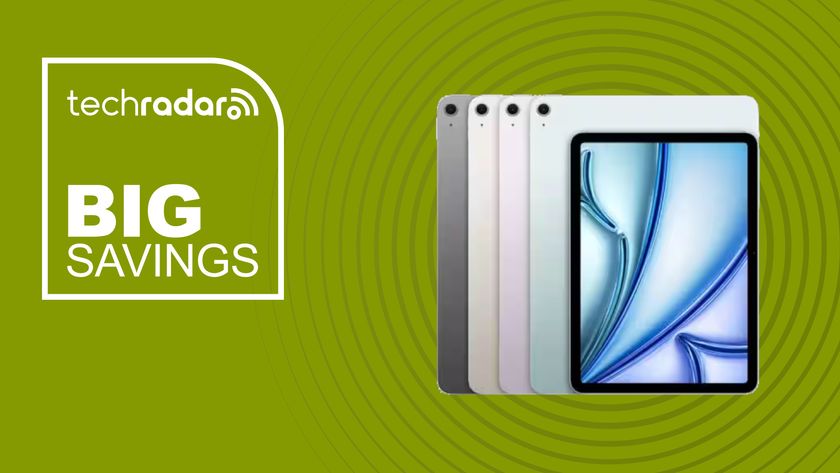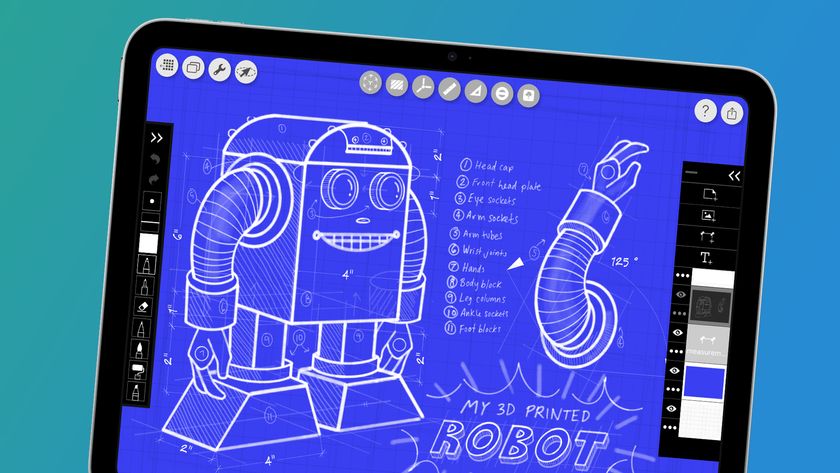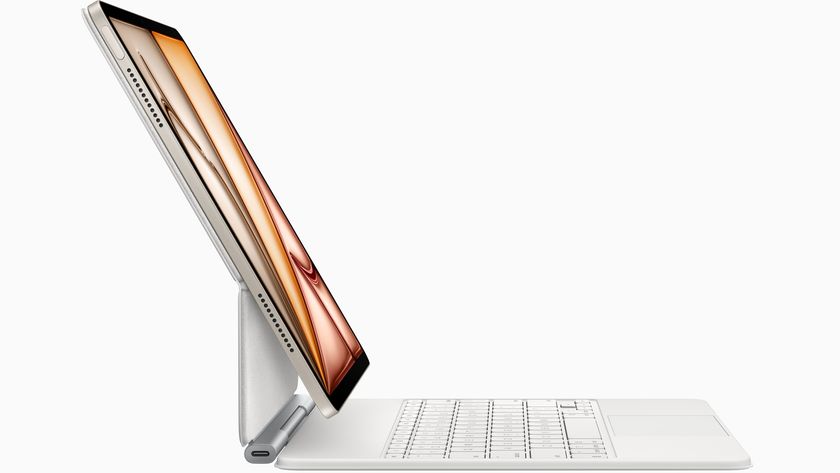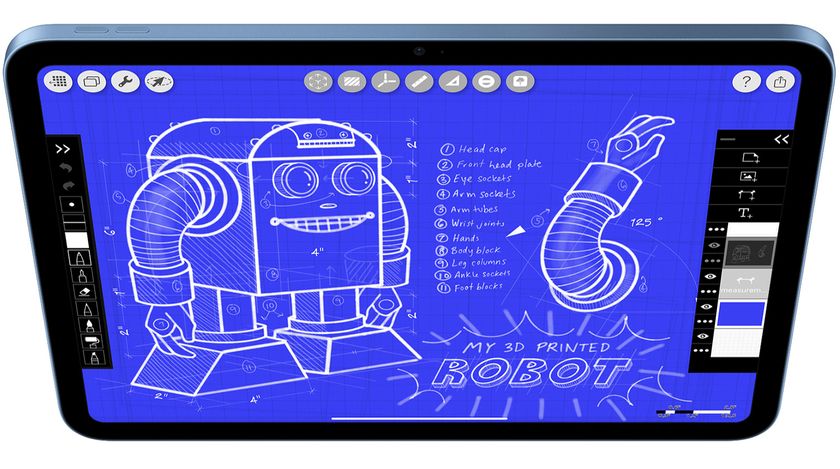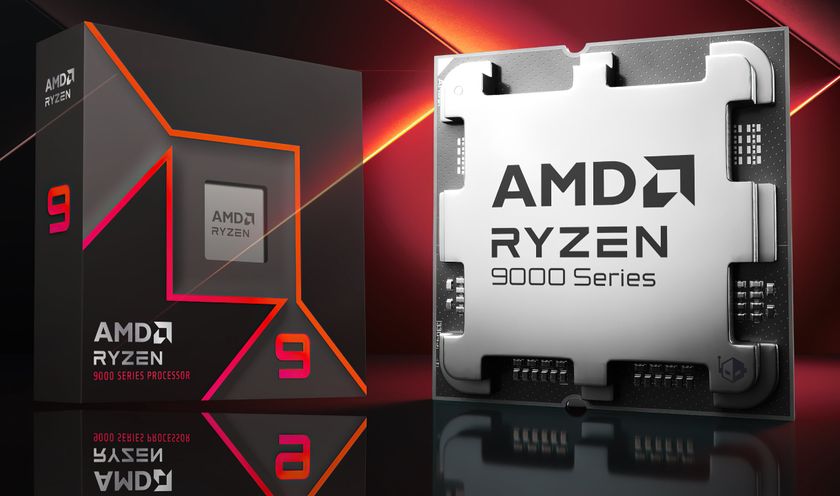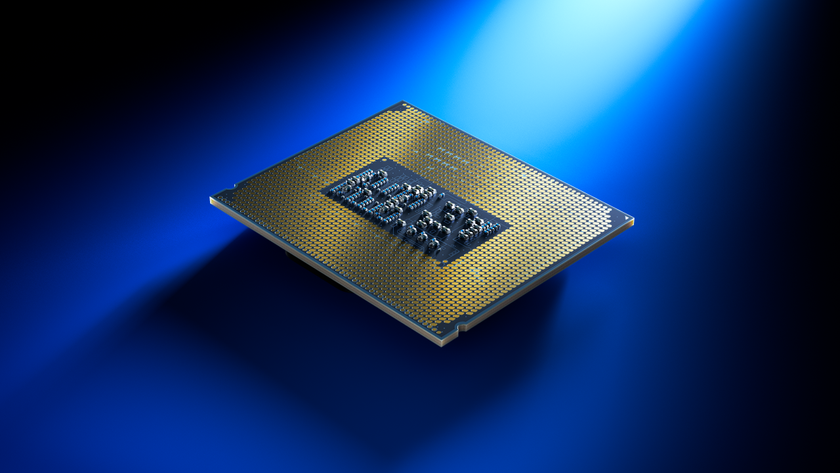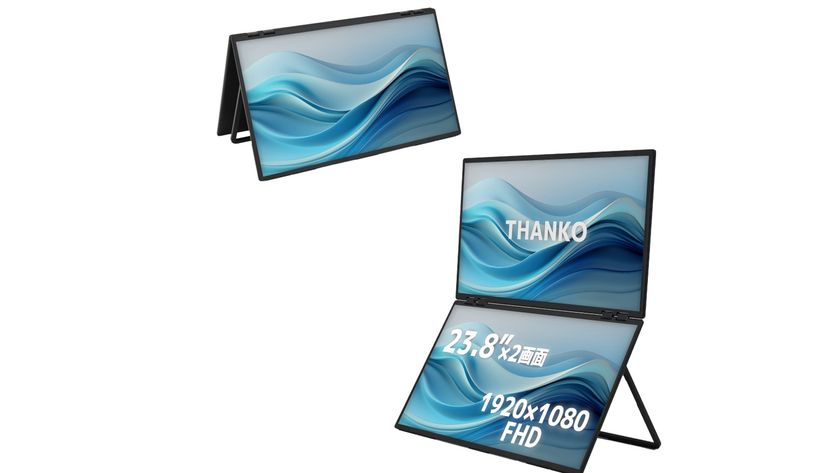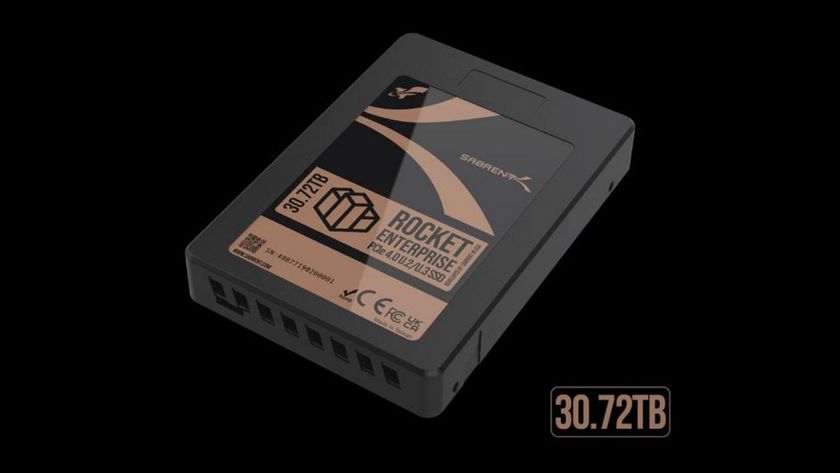Why the new iPad is all about the display
You say you want a resolution...
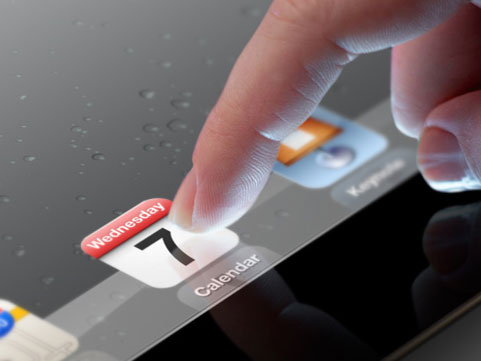
UPDATE: Check out our new iPad review
From the very beginning, iOS devices have been all about the display and your interaction with it.
Rather than aping the then-competition, Apple first presented the iPhone essentially as a small pane of glass with a single front-facing button, omitting even a logo from the front of the device. It begged you to interact with content directly, manipulating on-screen elements with gestures that rapidly became second-nature.
The iPad followed: a ten-inch display, which 'becomes' whatever app is running, free from cruft and distractions. It's not hyperbole to argue that this created a revolution in computing—the meteoric rise in sales backs this up, bucking the trend seen in the PC industry as a whole.
It's a bit shaky, but here's some close-up footage of the retina display on the new iPad:
Additionally, the iPad has found itself blessed with apps for a surprisingly wide range of tasks, showcasing that millions of people spend more than the odd fleeting moment interacting with their device's screen.
With the new iPad, Apple's tablet is more than ever about this display. In fact, the latest change impacts everything to do with Apple's device and will have big repercussions on the industry as a whole.
Get daily insight, inspiration and deals in your inbox
Sign up for breaking news, reviews, opinion, top tech deals, and more.
On the face of it, the change seems merely logical and evolutionary. Apple's crammed in four times as many pixels, much like it did on the iPhone, branding the result 'Retina'
The thinking is someone with average eyesight can no longer resolve screen pixels when the device is held normally. But this seemingly simple and obvious update comes with weighty consequences. It's only when you compare the iPad's resolution with other displays that you realise how revolutionary rather than evolutionary it is.
2048-by-1536 dwarfs 1080p HD (1920-by-1080); even Apple's largest display, which is 27 inches, is not large enough to provide a full preview of the new iPad's screen—you'd need something like Dell's 30-inch 3007WFP for that.
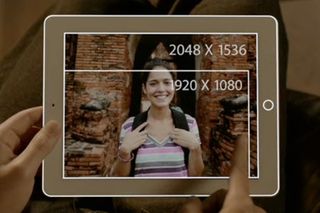
Such a display requires power, which has forced Apple to work up the new A5X chip, capable of driving higher-resolution graphics and retaining the device's noted smoothness and fluidity. Apple's had to upgrade the internal camera, otherwise video-chats and video recording would have been noticeably ropey on the new screen.
And then there's the battery—Apple still claims ten hours of use, yet reports suggest the battery has a capacity 70 per cent higher than the previous iPad's; clearly, the new screen requires a lot of juice.
Developers now need to act
But the effects of the Retina display go beyond giving headaches to Apple engineers. Developers must now make the decision on boosting the resolution of their applications and games, which will increase development costs.
Users will notice app sizes skyrocket, causing anyone on a limited-download web connection to feel the strain. And then there's the rest of the industry. Before Tim Cook revealed the new iPad, everyone else was battling to compete. In not having Apple's massive cash pile, competitors struggled to match the iPad's price, and battled razor-thin margins, often resulting in 'good enough' build quality rather than something both solid and beautiful.
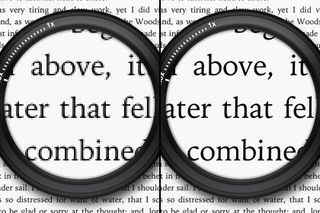
Apple's now added a Retina display, retained industry-leading battery life, added LTE and boosted the camera quality, without raising the iPad's price. Will Apple's rivals take the challenge, add similar displays and continue the fight, or are we about to see the competition throw in the towel and begin a race to the bottom, only to find themselves battling a ferocious Amazon instead?
Apple says on its website that the "Retina display transforms the entire iPad experience". It's more than that: Apple's just disrupted an entire industry. Again.

